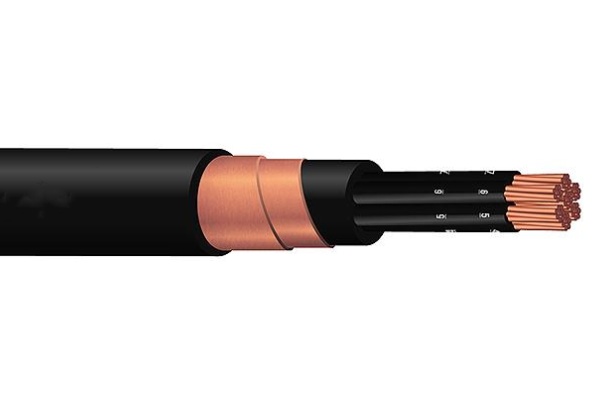In the world of electrical engineering, the choice of cables is crucial to guarantee safety, the sustainability and profitability of installations. Among the most used types of cables, PVC cables (polyvinyl chloride) and halogen-free, low-smoke cables (LSZH) are two solutions frequently chosen for their specific properties. This article explores in detail the characteristics, the advantages and applications of each, allowing readers to make an informed choice based on their needs.
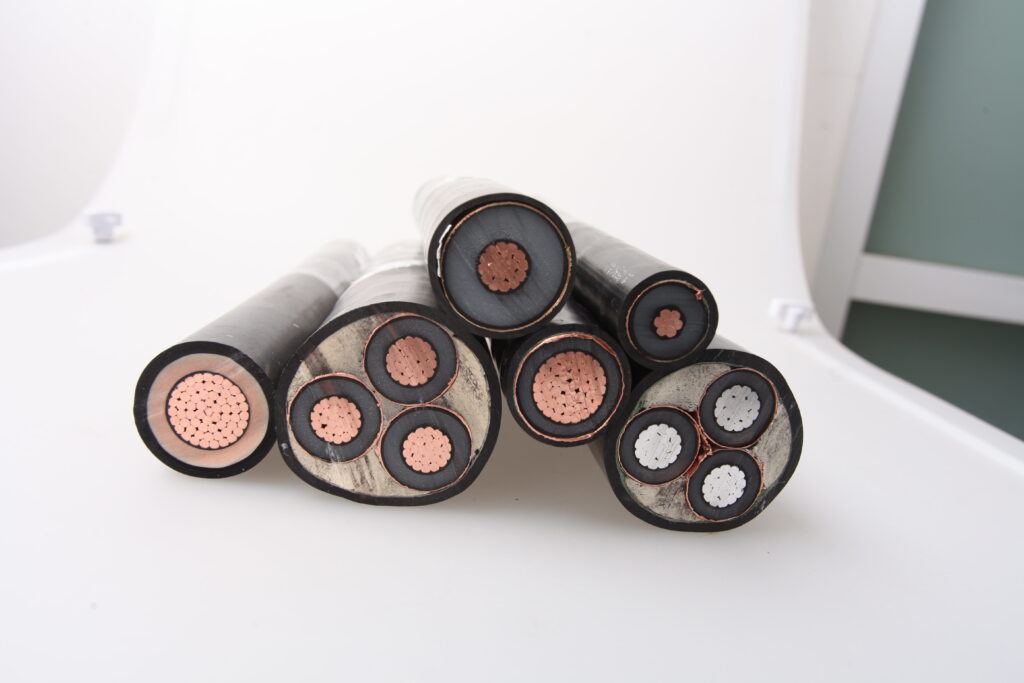
What is PVC Cable ?
PVC insulated cables consist of a conductor surrounded by an insulating PVC sheath. These cables are commonly used for low voltage applications, such as residential and commercial electrical installations.
Characteristics of PVC Cable
PVC cables have many advantages that make them a popular choice for diverse applications :
- Chemical resistance : PVC is oil resistant, acids and alkalines, which makes it suitable for various industrial applications.
- Non-flammability : PVC is a non-flammable material, which provides some safety in the event of exposure to heat sources.
- Installation facile : Thanks to its flexibility, PVC cable is easy to install and handle, even in tight spaces.
- Affordable cost : Compared to other insulation materials, PVC is inexpensive, offering an economical solution for low voltage installations.
Disadvantages of PVC
Despite its many advantages, PVC cables also have some limitations, particularly in terms of safety and durability in demanding environments :
- Emission of toxic gases : When subjected to excessive heat or combustion, PVC releases chlorine and other toxic substances. These gases can be dangerous to human health and corrosive to nearby electrical equipment..
- Low heat resistance : PVC warps and ages quickly when exposed to high temperatures, which reduces cable life and performance. This can cause risks of short circuits and electrical failures.
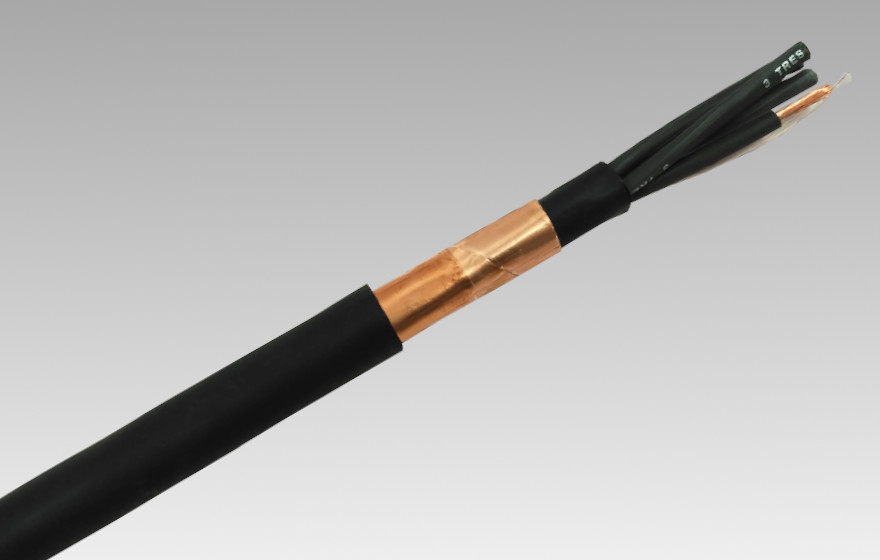
Low Smoke Halogen Free Cables (LSZH) : What is this ?
Low smoke halogen free cables, often referred to as LSZH, are designed to minimize risks in the event of fire. Unlike PVC cables, LSZH cables do not contain halogenated substances, thus reducing the emission of toxic fumes during combustion.
Characteristics of LSZH Cables
- Low smoke emission : In case of combustion, LSZH cables produce light smoke, allowing occupants to see through and facilitating evacuation in the event of fire.
- Absence of halogens : Halogen-free design prevents the release of corrosive gases like chlorine, thus providing increased security for people and property.
- Fire resistance : Thanks to irradiation crosslinking technology, these cables are more resistant to high temperatures, up to 150°C.
- Extended life : LSZH cables offer excellent resistance to aging, with a potential lifespan of more than 100 ans.
Advantages of LSZH Cables
LSZH cables are becoming more and more popular in modern projects, especially in environments where fire safety is a priority :
Increased security in public places : LSZH cables are ideal for buildings with high human density, like hospitals, schools, train stations and airports, where fire safety is essential.
Compliance with environmental safety standards : These cables comply with European and Japanese safety standards, guaranteeing an environmentally friendly solution.
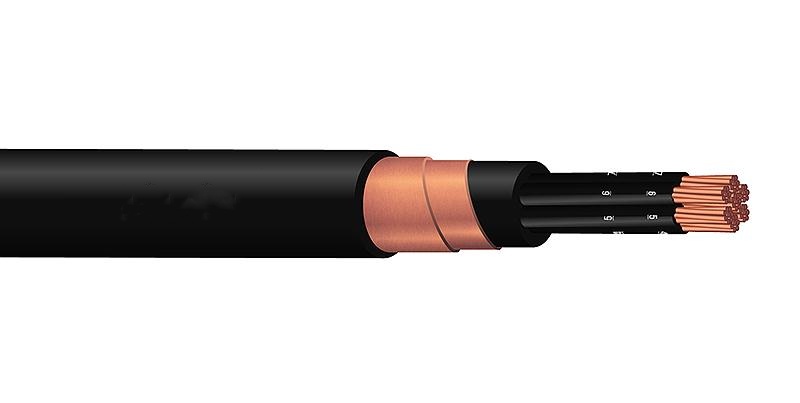
Differences between PVC Cables and LSZH Cables
To understand when to use PVC cable or LSZH cable, it is essential to compare their respective characteristics and applications. The main differences between these two types of cables include the following aspects :
| Features | PVC cable | LSZH cable |
| Prix | Affordable | More expensive |
| Fire safety | High risk of toxic smoke | Low smoke and toxin free |
| Heat resistance | Limit | High (up to 150°C) |
| Lifetime | Average | Longue (more than 100 ans) |
| Applications principales | General purpose | Risky environments |
Applications and Benefits of Using LSZH Cables in Modern Projects
Thanks to new safety and sustainability standards, LSZH cables are increasingly adopted in various industries. Here are some of their typical applications :
- Commercial and residential buildings : In modern buildings, fire safety is essential. LSZH cables are used to minimize risks and facilitate evacuations.
- Public transport : LSZH cables are widely used in transportation networks such as subways, train stations and airports.
- Hospitals and schools : Reduced smoke and toxin emissions make these cables ideal for sensitive spaces where human lives are at stake
.
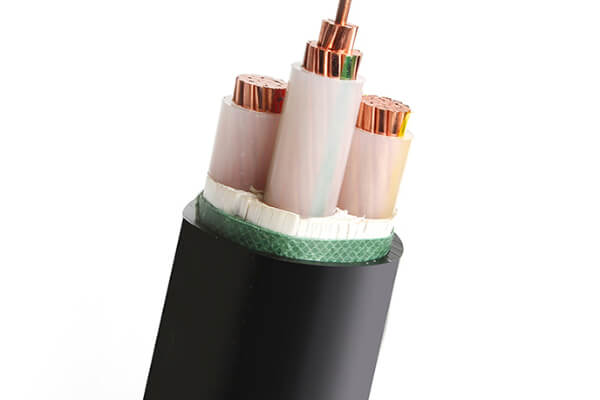
LSZH cables from ZMS Cable
As a leader in the field of cables, ZMS Cable offers a range of LSZH cables meeting the highest standards for safety and environmental performance. With cutting-edge technology and recognized expertise, ZMS Cable is committed to providing reliable solutions for modern projects requiring a high level of security.
Advantages of LSZH Cables from ZMS Cable
- Increased security : ZMS LSZH cables meet fire safety standards, minimizing risks to public infrastructure.
- Sustainability : Designed to resist aging, these cables offer exceptional lifespan, often exceeding the 100 ans.
- Customization for specific needs : ZMS Cable offers customization options to meet the specific requirements of each project.
- Reduced environmental impact : ZMS LSZH cables are manufactured with halogen-free, low-smoke materials, thereby contributing to a safer and cleaner environment.
Conclusion
The choice between PVC cables and LSZH cables depends on several criteria, such as the budget, security requirements, and environmental conditions. PVC cables represent an economical option for simple installations, while LSZH cables are ideal for environments where fire safety is crucial. Thanks to LSZH cables from ZMS Cable, customers benefit from an environmentally friendly solution, perfectly suited to the requirements of modern buildings and public infrastructures. As demand for safe, sustainable materials increases, ZMS LSZH cables are well positioned to become the standard in tomorrow's construction.

